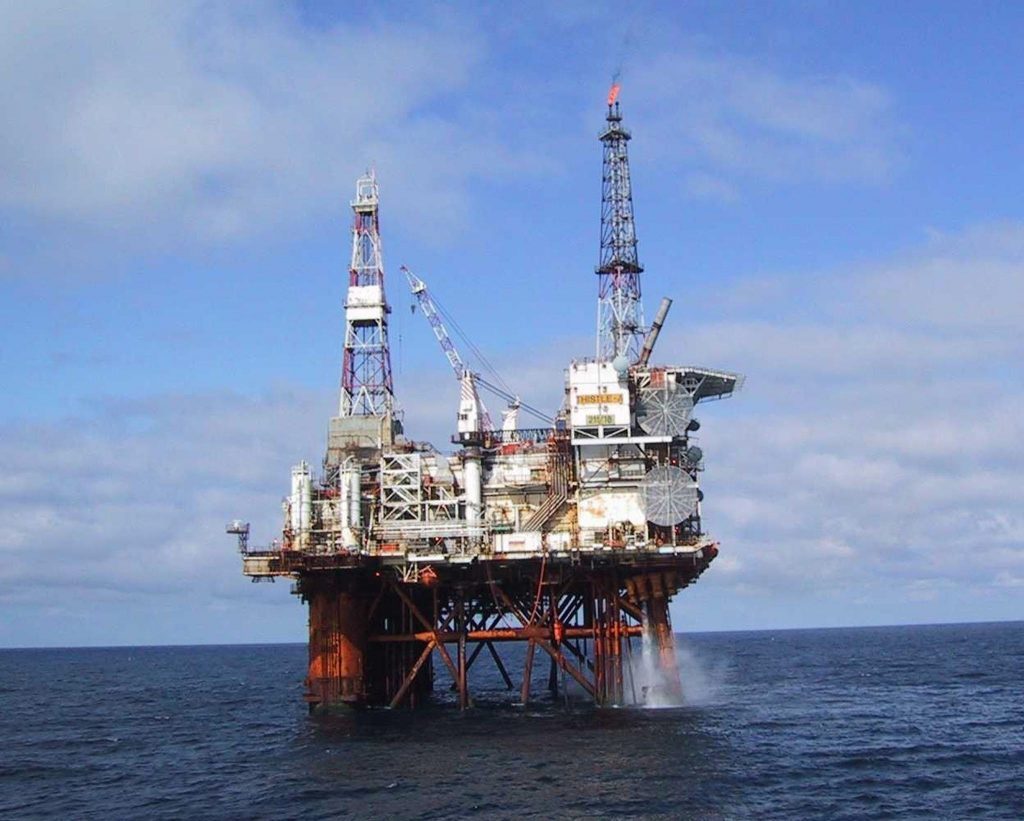
A document has revealed that UK safety regulators flagged issues with EnQuest’s Thistle platform years before it was evacuated over subsea structural concerns.
The Health and Safety Executive sent a letter to the operator on July 5, 2016 stating that the firm had a “large amount” of subsea inspections to carry out.
A subsequent document, sent to EnQuest the following August, then highlighted that “subsea history and unknowns due to incomplete inspections” were a “potential threat” to safety.
EnQuest said the anomaly was not discovered until the October 2019 and plans to remove the redundant tanks this summer are being “accelerated”.
The firm added: “As a responsible operator, EnQuest closely manages integrity issues on its assets and has fully engaged with the HSE over many years in respect of the Thistle asset.”
The HSE said “it is important to recognise that it is the duty holders responsibility that an installation at all times possesses such integrity as is reasonably practicable”.
A spokeswoman added: “The role of HSE is to ensure that the duty holders is complying with the legal requirements imposed on them.”
EnQuest had given assurances at the time that it was working the problem.
In the June document, the inspector said: “You informed me that you have a significant subsea intervention plan in place for summer 2016 during which you will examine flooded members, caisson attachments, appurtenances and conductors.”
That letter, sent following an inspection of the platform, said there was “a large amount of subsea inspection and maintenance to be carried out on the jacket of the installation”.
The inspector added that EnQuest needed to inform the regulator of “any integrity threats found as a result of these inspections”.
An EnQuest spokeswoman said: “As part of that engagement process the company shared its programme of asset integrity inspections for this facility and engaged directly with the HSE’s specialists.
“It was during a planned inspection in October 2019, that we discovered the anomaly – a deterioration in the condition of a metal plate connecting one of the redundant storage tanks to the Thistle facility’s legs.
“It was the uncertainty caused by the discovery of this deterioration that led to the precautionary decision to shut down and de-man the platform in a controlled manner.”
The redundant tanks had been scheduled for removal in the summer of 2020, and we are now accelerating that plan with a dedicated project team working to bring the asset back to safe operations as quickly as possible.’
In October last year, more than 100 workers were taken off the platform after a subsea check raised concerns over its integrity.
The underwater survey revealed deterioration in a metal support plate connecting one of two now-redundant 1,200 tonne oil tanks to the jacket.
Emails sent within a decommissioning document for the tanks described them as being in a “precarious position”.
EnQuest intends to temporarily leave the huge storage tanks, about the length of a football pitch, on the seabed after they are removed from the platform in summer.
The operator has given a timeline of removal of the tanks to shore of 2021-2023.
Production from Thistle, which is now more than 40 years old, remains shut in.
Recommended for you

